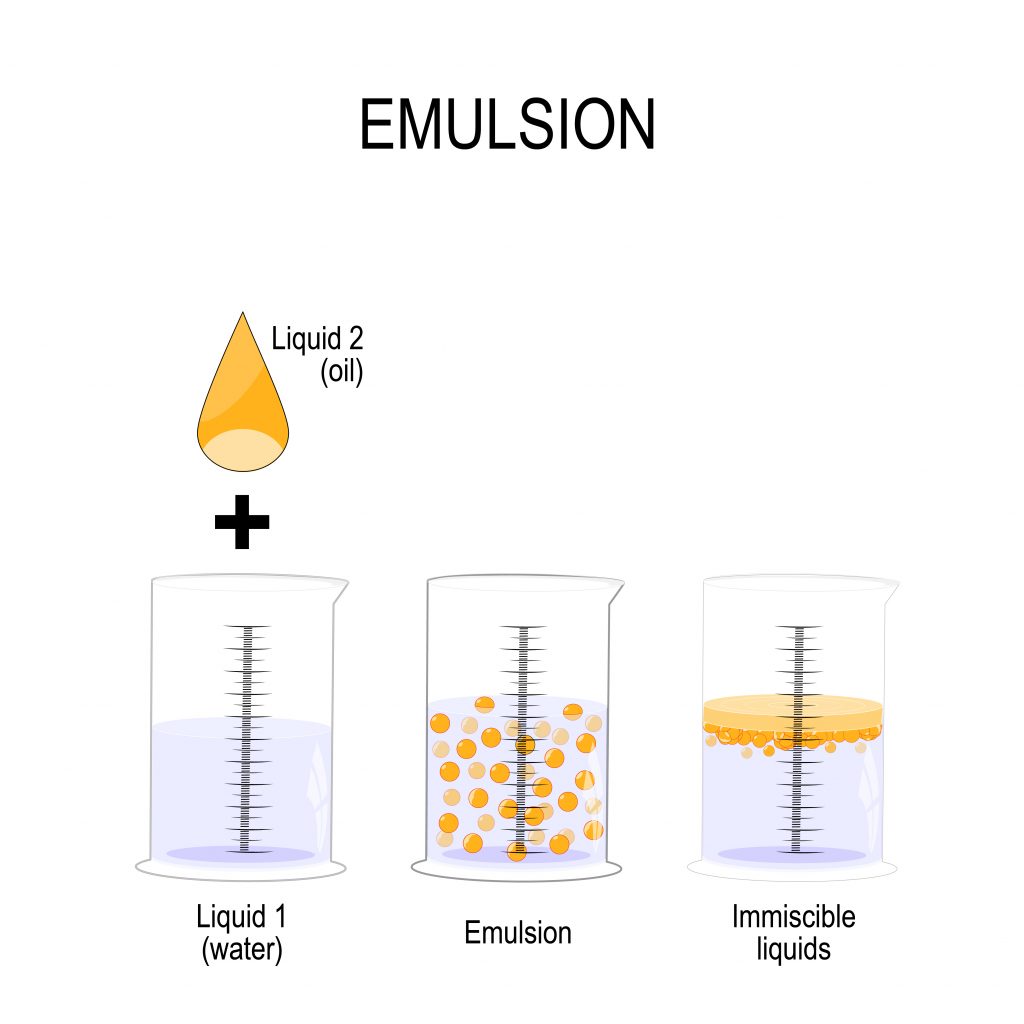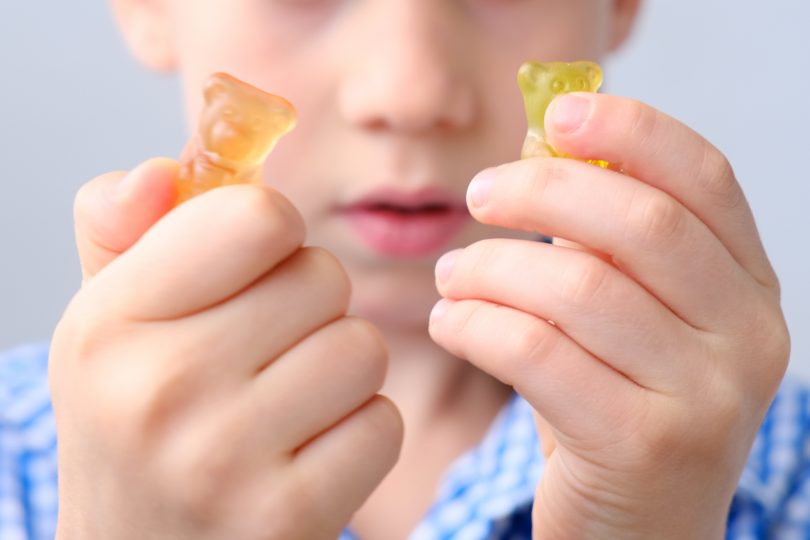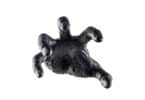Edibles like gummies have brought up a whole new topic in the world of weed: the importance of child-proof edibles packaging. When taking a look at the debate going on, it becomes clear that the biggest problem is not the legal market, but the competing black market. And when getting down to realities, the question arises of why the same stringent standards aren’t applied to alcohol.
You know your edibles are most likely real when they come in child-proof edibles packaging that’s hard to open. And this is good because it keeps kids from being exposed to high levels of THC and other synthetic chemicals. For those who prefer to vape, so their kids won’t notice edibles, you can choose from a range of cannabis compounds besides regular delta-9. Like delta-8 THC, THCV, CBN, and even hemp-derived delta-9. For more articles like this one, make sure to subscribe to The THC Weekly Newsletter. Also save big on Delta 8, Delta 9 THC, Delta-10 THC, THCO, THCV, THCP & HHC products by checking out our “Best-of” lists!
Cannabis edibles
Up until the last few years, the world of cannabis edibles consisted of cooking up some brownies or chocolate chip cookies in your own kitchen. Some standard dealers would offer products like this, sometimes as one-offs, but it wasn’t the standard mode of anything. Edibles were a fun ‘other’ way to do the weed thing, but there wasn’t a massive culture of it on the black market, and they weren’t a main player in the cannabis game.
This all changed with the application of nanotechnology. Nanotechnology is a part of the technology world that deals with the manipulation of particles which have sizes less than 100 nanometers. 100 nanometers is about 1000th the thickness of a piece of paper to give an idea of the sizes we’re speaking of. The same general topic in the world of physics, is nanoscience, and the two studies are closely linked together.
Part of nanotechnology, is the ability for emulsions, which is the forcing together of two opposing liquids. Emulsions done on bigger particles are called macroemulsions or microemulsions depending on the specific size. However, when the particle sizes drop to 20-200 nm, it becomes known as a nanoemulsion. Emulsions for larger particles are already used widely in the food industry, and chemicals industry, whereas nanoemulsions are already seen being used by pharmaceutical companies, the cosmetics industry, and in biotech.

The beauty of emulsions is that they can force together oil-based and water-based molecules. In the world of weed, this means the ability to take oil-based cannabinoids like delta-9 THC, and force them together with water-based compounds. So whereas we used to be limited to foods that use oils, like butter (cookies, brownies, cakes…), we can now infuse anything with cannabinoids like THC and CBD, into products like soda, potato chips, and candy. As such a new and growing industry of cannabis edibles has arisen, eating cannabis – particularly as gummies, has become one of the primary ways of ingesting the plant.
How popular are edibles?
In terms of what that means in numbers, though there aren’t amazing statistics out there just yet, there are a few metrics we can go by. One of the better measurements to be released comes from the company Headset, a Seattle-based cannabis analytics company, which put out end-of-year data for 2020. According to the company, edibles made up 11.07% of the cannabis market in 2020 across the states: California, Colorado, Massachusetts, Michigan, Nevada, Oregon and Washington. That percentage is up 10.65% from the previous year.
Does this account for the entire edibles market, even in the mentioned states? No, it doesn’t. One of the biggest issues is the fakes markets, which encompass fake products like vapes and edibles, as well as the very dispensaries they’re sold out of.
As legal markets have uniformly been unable to take down black markets, and as black markets morph to look more like legal ones, (with all the same products therein), actual trends of the cannabis industry must therefore include them, or only a fragment of the behavior we’re looking into, is being spoken about. I can’t wager a guess as to how adding in the black market effects this percentage, but from my experiences in illegal dispensaries, they gear a huge amount of business towards edibles, and my guess is that the percentage would remain the same (if not go up).
The need for child-proof edibles packaging
Weed has been around for quite some time. And so have little children. Up until recently, there wasn’t an issue of children accidentally consuming said marijuana, at least not on any kind of large scale that would necessitate reporting. Probably because a dried-up plant that smells funny isn’t all that interesting to a kid. You know what is interesting to a kid? Candy! Kids sure love candy!
The problem this creates is that as edibles becomes more widespread, it means logically they end up in more places, with more people having access to them. A bag of super nice nugs lying on a couch will likely be bypassed by a toddler. But a bag of brightly colored gummy worm candies? A lot less likely. Even if the kid messes with the flowers, that’ll most likely entail getting your couch dirty and ruining your stash. If the kid messes with the bag of cannabis gummy worms, they could end up ingesting huge amounts of THC, and in the case of fake edibles, synthetics and other untold chemicals.
While the idea of simply changing how they look, and the packaging, could (possibly) assuage this problem, simply by not connecting the idea of these gummies to anything a child would consider candy-related, (including using the designs of known brands), this does not seem to be an idea on the table for illegal companies. Legal companies, however, comply with regulation, and actually do provide child-proof edibles packaging that doesn’t advertise the product in pictures.
Real vs fake
Every time I’ve bought edibles from a real dispensary, I’ve had to break through the child-proof measures of the edibles packaging. The outer plastic has no slit on the side to tear from, the plastic can’t be easily pulled apart like you might do to open a standard bag of popcorn, and it even took a little extra force for me to puncture it with a knife. Inside the plastic was a separate container, which obviously blocks view of the product, and with no pictures on the packaging. The containers themselves are tightly packaged in a separate layer of plastic, and it took me a couple minutes to get the thick coverings off, as they were practically sealed to the containers. I have never had a quicker or easier experience than this.
Though there might be issues with some legal companies dropping the ball with packaging, from my experience, this problem really relates to the black market where there are no regulations in place for how things should be packaged, and no desire by the companies to care about it in order to preserve a brand name. Major candy companies have waged law suits against these cannabis companies, mainly on intellectual property rights. Of course, a legal cannabis brand would never mimic a known brand, so whoever is being sued, isn’t from the legal world of weed to begin with.
If you’re thinking ‘hey, I just saw gummies online in colorful, easy-to-open, familiar looking packaging’, just remember, no regulated company will be involved in selling THC products outside of legal dispensaries. If the product is offering more than legal limits of THC, then you know for sure its fake. And if the branding on the product looks like a known brand – but slightly off, its a slam dunk fake. These products might be just fine, but as illegal companies masquerading as legal ones, there’s no way of knowing what actually ends up in the products, or how easy it will be to get through the packaging.
Wait a second…what about alcohol?
It indeed makes sense to be careful with a cannabis food that looks like a child’s favorite thing to eat. But it does highlight a strange inconsistency where cannabis is treated as more dangerous than alcohol. This was well exemplified at the 2021 MJBizCon cannabis event held in Las Vegas, Nevada in October. According to state law in Nevada, though cannabis is legal for personal use, and there is a regulated market, cannabis cannot be used in public places, and though a social smoking law is supposed to be enacted in Vegas, it wasn’t relevant at the time. According to law, it would have been illegal to give out samples, or allow people to get high there.
But at the very same time, there was alcohol being sold right next to these booths which the convention was centered around, and which couldn’t provide samples of their own THC-containing products. As in, there isn’t a law that you can’t give samples of alcohol, or sell it to consumers, or allow consumers to mingle while using it, but there is for weed.

Now, let’s be honest about something else, you know what else kids love besides candy? Soda! And what does soda come in? Cans and bottles with the exact same twist off caps and pull-up tabs that beer cans use, in the exact same style bottles and cans that beer companies use, often with bright colors and cool pictures, just like beer.
I have personally been able to operationally open both twist off caps and pull-up tabs since I was about five years old. So, the idea that alcohol is not being held to these same stringent standards is silly at best. Especially considering that drinks are drank over time, and left out in places during this process, often forgotten about in drunkenness, and frequently mixed with sweet smelling ingredients that would attract any child. Now remember that whereas cannabis is not associated with death rates (although a small child consuming massive amounts of THC is questionable), alcohol comes with a huge one, being one of the leading risk factors for overall disability and death in many age categories!
Conclusion
Child-proof packaging for cannabis products is most certainly important, but the bigger issues seems to be the unregulated products on the black market. Kids are way less likely to be attracted to gummies sold by regulation which aren’t visible or being advertised to them, then a package that looks like their favorite candy. As legal companies will go by regulation, this is a black market issue.
What is more than a black market issue though, is the unfair treatment of weed compared to alcohol. Yeah, child-proof edibles packaging is good and should be used, but maybe then we should be more cognizant of how readily and easily available we make alcohol to children.
Hello..! Welcome to CBDtesters.co, your one-stop shop on the web for cannabis and psychedelics-related news, providing thought-provoking and current stories from all over the world. Read-thru the site regularly to stay aware of the quickly-moving landscape of legal drugs and industrial hemp, and sign up for The THC Weekly Newsletter, so you’re sure to get every news story first.
Disclaimer: Hi, I’m a researcher and writer. I’m not a doctor, lawyer, or businessperson. All information in my articles is sourced and referenced, and all opinions stated are mine. I am not giving anyone advise, and though I am more than happy to discuss topics, should someone have a further question or concern, they should seek guidance from a relevant professional.










If I could read your articles endlessly, I would do it endlessly. Because it’s interesting and educational. I think that you have written a wonderful post, thank you for every line, every letter in this line. This is amazing